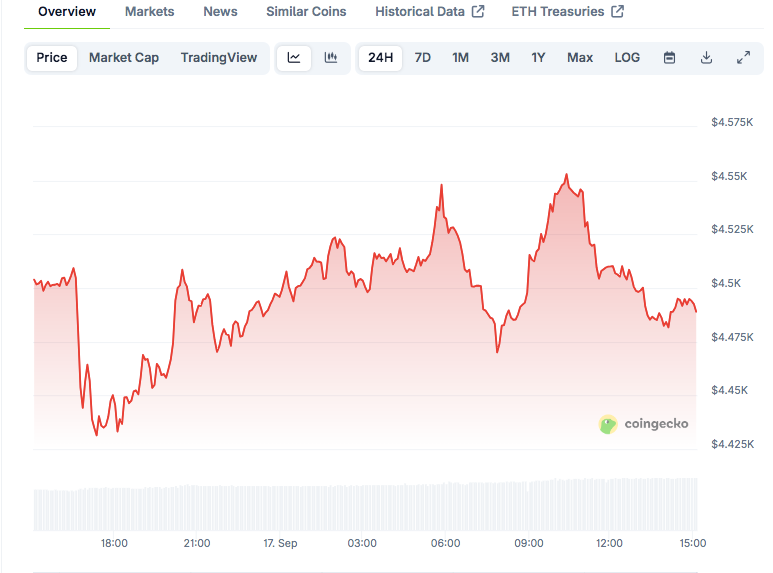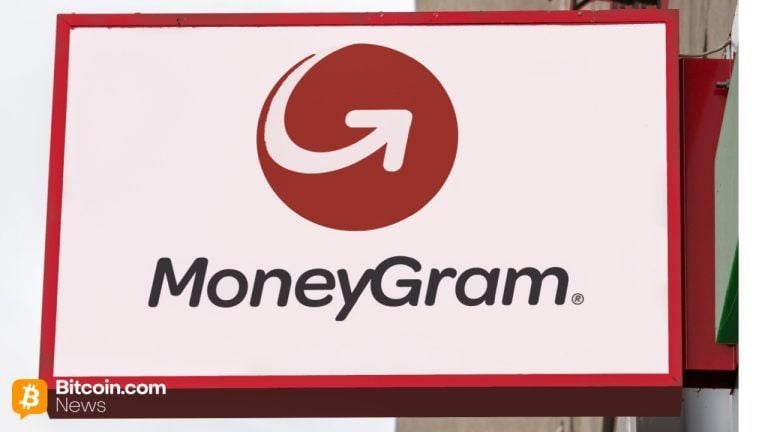Ethereum Going Mainstream: These Are the Scaling Tools That Will Get It There

According to more than a few cryptoeconomy analysts, Ethereum is on the precipice of making considerable inroads to the mainstream via multiple different avenues. Can the platform carry on to the promised land, then?
That remains to be seen, but optimism is growing that the reigning smart contracts platform can reach unprecedented adoption heights. To turn vision into reality, the Ethereum ecosystem will have to handle acutely high gas prices first.
Gas is the amount of ETH a user pays to get their transaction included in an Ethereum block. During periods of high demand for Ethereum block space, transaction congestion ensues and gas prices spike.
In recent weeks, gas prices have been high as Ethereum’s DeFi and NFT sectors continue to swell. On the one hand, that’s great news: it shows Ethereum is useful in the here and now and people are clamoring to use it. On the other hand, high gas prices are a pain point for users and could stunt widespread adoption if maintained over the long-term.
Luckily for Ethereum, its ecosystem of layer-two scaling solutions is also swelling and advancing toward maturity. These tools will drastically increase transaction throughput abilities and in kind drastically lower gas prices. In other words, these innovations are some of the biggest keys to Ethereum’s adoption by the mainstream’s masses.
Let’s dig deeper and survey this rising constellation of scaling solutions.
The Layer-Two Scaling Matrix
In recent years, Ethereum layer-two scaling research has coalesced into 4 main areas. In order from oldest to newest, they are Plasma, zkRollups, Optimistic Rollups, and Validium.
If you want to visually compare how all these solutions fit into the bigger picture, a great resource is Ben DiFrancesco’s 99th issue of the Build Blockchain Tech newsletter. Therein, DiFrancesco published Ethereum’s “Layer 2 Two-By-Two” matrix, which appears as follows:
Image via Build Blockchain Tech
So what’s this all mean?
Simply put, a base-layer blockchain like Ethereum stores all its data on the mainnet and executes all its computation there. By handling data storage and/or computation differently than the mainnet does, layer-two scaling solutions can deliver extensive throughput enhancements for Ethereum.
Optimistic Rollups
Optimistic Rollups, or ORUs, can be understood as extremely scalable sidechains. They fit where they do in DiFrancesco’s aforementioned matrix because they store data on-chain (on the Ethereum mainnet) while handling computation off-chain.
In order to ensure this off-chain computation is correct, ORUs employ fraud proofs. This means that if someone tries to submit fraudulent activity, users can contest the fraud and have a deposit owned by the bad actor slashed.
Compared to zkRollups, Plasma, and Validium, ORUs don’t offer as much when it comes to throughput enhancement. However, where ORUs really shine is they’re essentially ready to be deployed in widespread fashion in the here and now. In this sense, ORUs are not only very useful but can also buy time for other scaling tools to mature.
zkRollups
Like ORUs, zkRollups store data on-chain. But zkRollups differ in that their off-chain computation relies on zero-knowledge validity proofs rather than fraud proofs for accuracy.
This dynamic makes zkRollups powerful but not without their limitations. For now, they have to be tailored to specific applications because a generalized zkRollup would not be efficient.
On the bright side, various zkRollups solutions have made great strides in the Ethereum ecosystem in recent months. This reality suggests it won’t be long before these rollups gain more tangible traction around the Ethereum project.
Plasma
Plasma is the oldest of the 4 layer-two scaling solutions under discussions, and it’s noted for handling both computation and data storage off-chain. Like ORUs, Plasma implementations rely on fraud proofs rather than zero-knowledge proofs.
In 2019, it seemed that development efforts began to chill around Plasma-based systems, though that’s reversed this year as the solution’s back in the limelight on the heels of OmiseGo revealed its More Viable Plasma (MoreVP) specification earlier this month.
Validium
Validium is the newest of Ethereum’s top layer-two scaling solutions to hit the scene. It keeps data storage off-chain and deals with computation using zero-knowledge proofs
The first example of Validium in action is StarkWare’s StarkEx engine, which is designed to power decentralized exchanges with great efficiency. Accordingly, in the future many DEXes may come to rely on Validium tech.
Orthogonal to ETH 2.0
What’s interesting about the aforementioned scaling solutions is that they can power major throughput enhancements for Ethereum, no matter where the platform is in its lifespan.
For example, developers are currently in the process of evolving “Ethereum 1.0,” i.e. the platform as we currently know it, into “Ethereum 2.0,” which will effectively be an entirely new blockchain with extensive optimizations. One of these optimizations will be the rollout of sharding.
Sharding is still a few years away, but once it’s live it will make Ethereum truly ready for being public infrastructure for all the world’s people. The cool thing, though, is that solutions like ORUs, zkRollups, Plasma, and Validium will still be usable and useful once sharding is activated. Taken altogether, sharding combined with a growing stable of layer-two innovations can make Ethereum a tour de force for decades to come.
Progress Mounting
In recent weeks, the cryptoeconomy has seen multiple layer-two Ethereum scaling implementations making notable strides.
We mentioned OmiseGo’s newly rolled out Plasma tool earlier. When it comes to zkRollups, users can already take tools like Loopring Pay and zkSync for a spin, too. And last month, the ORU specialists at Fuel Labs teased Reddit Cash, an ORU system that showed how Reddit community tokens like BRICKS and MOONS can be readily scaled using Fuel’s tech.
Speaking of Reddit, the social aggregator giant made waves this week when it announced the “Great Reddit Scaling Bake-Off,” a competition for Ethereum community members to propose the best layer-two scaling solution or solutions for the website’s new community tokens system.
“Our goal is to find a solution that will support hundreds of thousands of Community Points users on mainnet today, and can eventually scale to all of Reddit (430 million monthly users),” Reddit said.
Fees Could Be High Until Wider Adoption
All of the layer-two scaling solutions discussed in this post are advancing closer to widespread adoption in the Ethereum community. Yet until this adoption is reached, the acutely high gas fees Ethereum users are facing right now could remain in place.
That’s because demand to use Ethereum is high, and this demand doesn’t seem poised to slow down any time soon as the DeFi and NFT sectors continue to heat up. So gas prices are likely to stay a pain point until layer-two implementations arrive in force to save the day.
Conclusion
Transactions on Ethereum are already cheap and quick compared to many mainstream payment rails. These transactions are imminently going to become much cheaper and much quicker courtesy of innovations like ORUs and zkRollups.
With that said, Ethereum could be on the precipice of becoming a gamechanger in the wider international payments arena and not just within the cryptoeconomy.
An Ethereum with effective scaling avenues is an Ethereum that can start to seriously contend with the PayPals, Venmos, and Squares of the world.
If Ethereum does end up making it big in the future, it will assuredly be partially on the backs of the scaling solutions that extended the platform’s capabilities in its early years.
The post Ethereum Going Mainstream: These Are the Scaling Tools That Will Get It There appeared first on Blockonomi.







